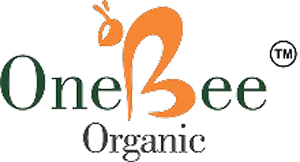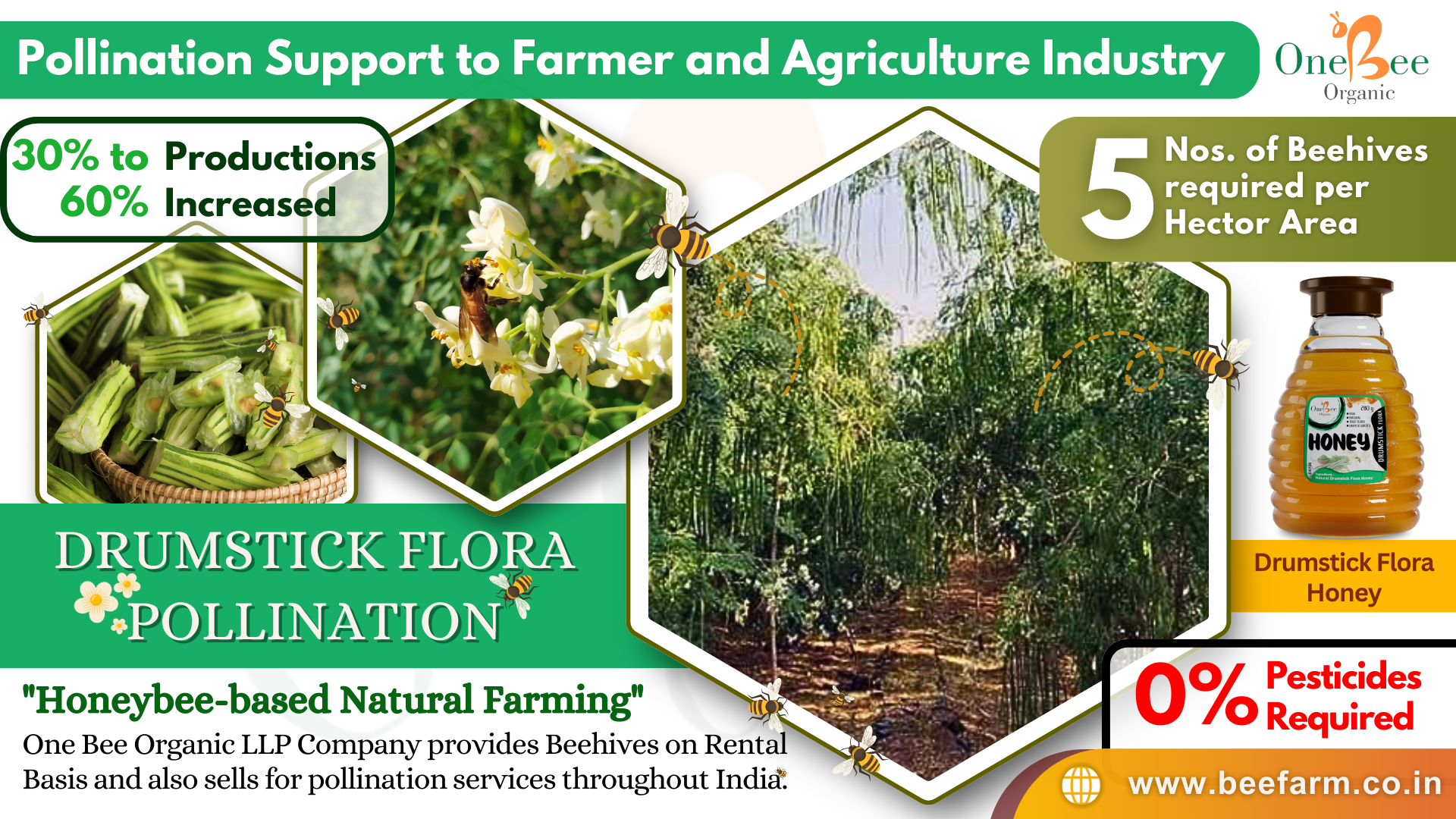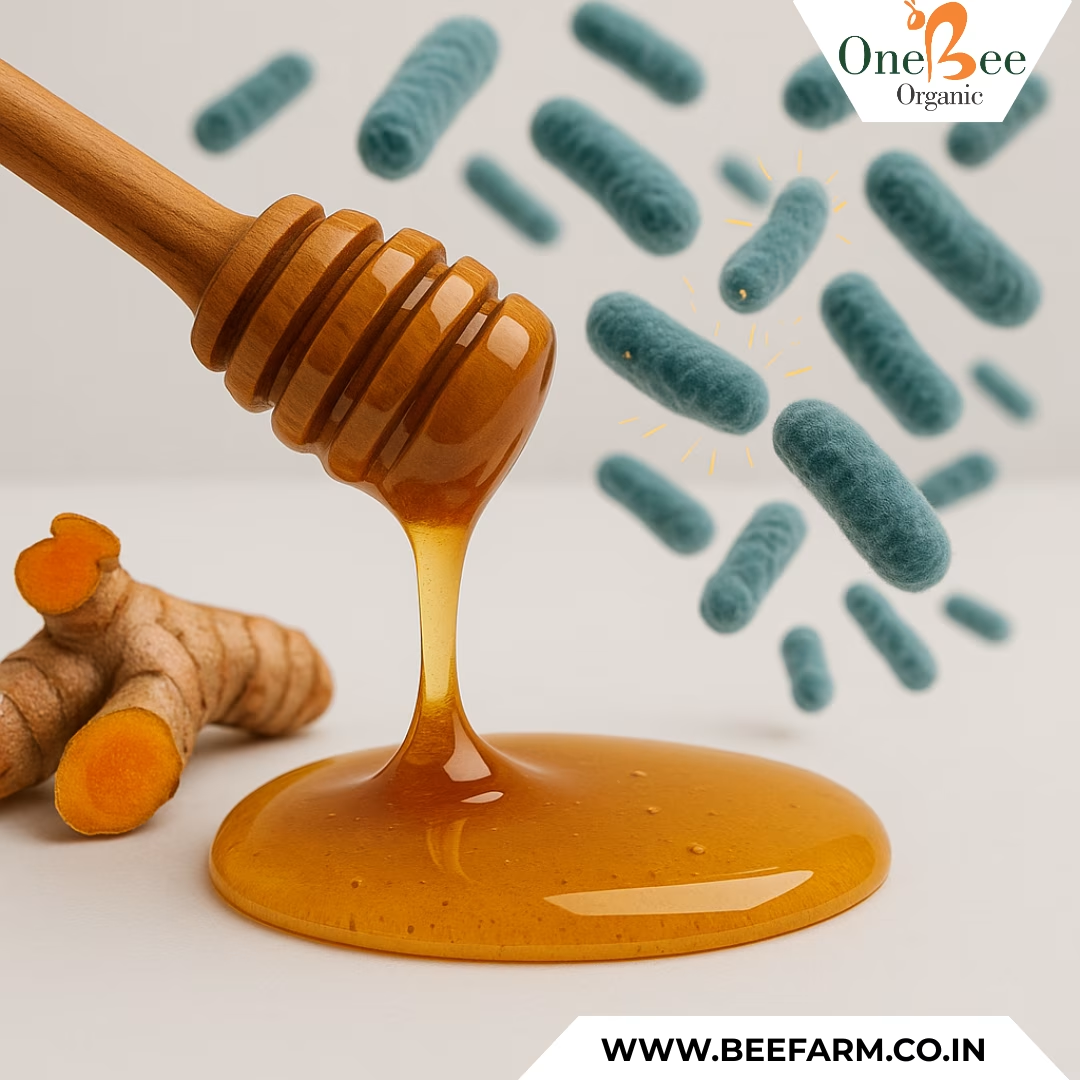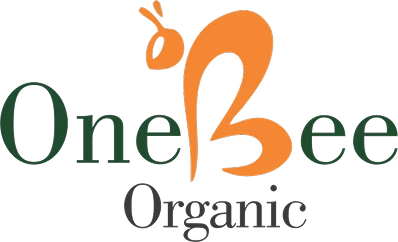Drumstick Flora Pollination
Drumstick Flora Pollination, Drumstick (Moringa oleifera) is a highly valued crop known for its nutritional richness and medicinal properties. However, optimal yield and seed production depend significantly on effective pollination. Honeybee-assisted pollination plays a crucial role in increasing drumstick production by 30% to 60%, ensuring higher-quality fruits and seeds while promoting sustainable farming.
Why Honeybees Are Essential for Drumstick Pollination?
Drumstick flowers are self-incompatible, meaning they require external pollinators for efficient fertilization. Honeybees act as the perfect natural pollinators, helping transfer pollen between flowers, thereby enhancing fruit set and seed quality. Their consistent pollination activity leads to improved crop uniformity, better seed viability, and increased overall yield.
Key Benefits of Honeybee Pollination for Drumstick Farming
- Higher Productivity – Boosts drumstick pod and seed yield by up to 60%.
- Improved Quality – Enhances fruit size, texture, and nutrient content.
- Uniform Maturity – Ensures synchronized flowering and harvesting cycles.
- Sustainable & Pesticide-Free Farming – Encourages organic cultivation by reducing chemical reliance.
- Efficient Pollination Setup – Requires 5 beehives per hectare for maximum results.
Economic & Environmental Impact
Integrating honeybee pollination into drumstick farming not only enhances crop yield and profitability but also supports biodiversity and sustainable agriculture. With natural pollination, farmers can cultivate pesticide-free, organic drumsticks, meeting growing consumer demand for healthy and eco-friendly produce.








Leave A Comment